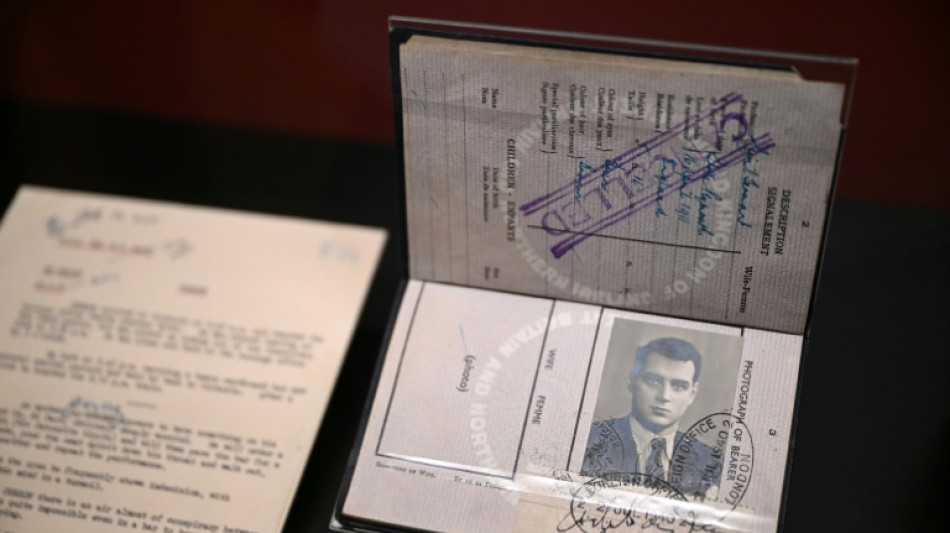For the first time in MI5's 115-year history, the famous UK spy agency is revealing some of its secrets in a London show featuring confessions from double agents and James Bond-like gadgets.
Under the spotlight is Karl Muller, one of the first major enemies captured by the domestic intelligence agency in 1915, and his fruity demise.
Agents suspected Muller of being a German spy but it was a humble lemon, on show in the "MI5: Official Secrets" exhibition, that brought him down.
Muller claimed he used the fruit, found in his coat upon his arrest, to clean his teeth.
But he had in fact used its juice as invisible ink on a seemingly ordinary letter intercepted by MI5, informing his superiors of British troop movements during the war.
He was executed shortly afterwards in the Tower of London.
MI5 had been founded a few years before amid fears of a German invasion and army officer Vernon Kell was its first head.
Today, more than 5,000 people work for the agency, cousin of the MI6 foreign service made famous by James Bond.
"Having worked for MI5 for nearly 30 years I can tell you that the reality of our work is often different from fiction," MI5 Director Ken McCallum said at a preview of the exhibition, organised with the National Archives, in Kew, west London.
"MI5 life is about ordinary human beings together doing extraordinary things to keep our country safe," he added.
- 'A Woman's Intuition' -
The exhibition, which opens on Saturday, does not shy away from some of the agency's less glorious episodes.
The Cold War section displays a passport and a personalised briefcase left in a London club by British diplomat Guy Burgess, a Russian double agent since World War II who fled to Moscow in 1951 as the net closed in on him.
The exhibition also features a note confirming that Queen Elizabeth II's private secretary had told the monarch in the early 1970s that Anthony Blunt, her art advisor, was a Soviet agent.
The queen reacted "all very calmly and without surprise", read the note.
Among the more recent objects on display include a mortar shell fired by the Irish Republican Army (IRA) into the garden of 10 Downing Street, the prime minister's residence, in 1991.
The exhibition is interspersed with commentary from anonymous MI5 agents.
"Agents continue to be one the most important sources of intelligence used by MI5," one wrote in 2024.
But managing agents remains "complex", they added, listing essential questions that needed to be answered, such as "What is their motivation?", "Are they telling the truth?", "How do you assess if they're working for the other side?"
While intelligence was overwhelmingly male in its early days, nearly 48 percent of MI5 employees were women in 2022.
Famous agent Maxwell Knight was one of the first to suggest that women could make good spies in the 1930s.
"A woman's intuition is sometimes amazingly helpful and amazingly correct," he wrote.
For those dreaming of an MI5 career, tests are on hand to answer the fundamental question: "Could you be a spy?"
One challenges visitors to take in as much information as possible in 10 seconds, while another mission tests code-breaking skills.
The free exhibition ends on September 28.
H.Goossens--LCdB
